Public Transportation of Tokyo
How to use the public transportation in Tokyo? Tokyo has the most convenient public transportation, yet it can get very complicated. Unlike other part of the world, Tokyo's public transportation system is operated by multiple companies, thus tourists sometimes can be very confused. Tokyo public transportation system comprises trains, subways, and buses. The railway network is extraordinarily intricate and the stations are closely found, including Tokyo station, Shinjuku station, Ikebukuro station, Ueno station, Shibuya station, ect. After all, transferring from one vehicle to another can get overwhelming, and advance planning is recommended.
There are more than 10 transportation companies in Tokyo serving for public transit, and each sells its own ticket. The tickets cannot be used interchangeably among the companies. The major rail train companies include JR East Japan Railway, Tokyo Metro, TOEI Metro, and other private companies.
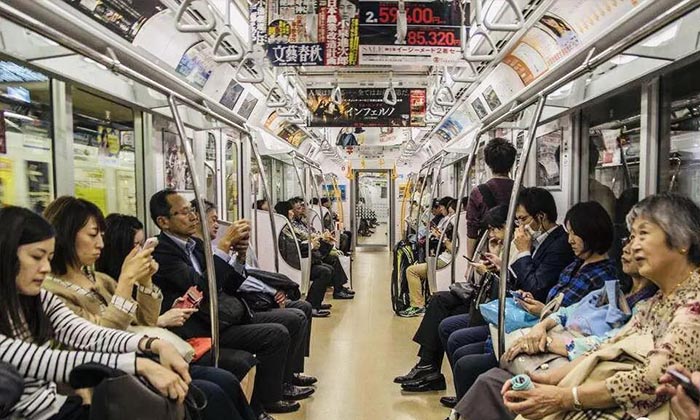
The following are some information regarding the public transportation system in Tokyo:
Japan Rail Pass
If you have Japan Rail Pass, you can use it to take JR trains. JR pass is widely used, but it is usually more expansive than Tokyo Subway pass. You can compare the prices and decide which option is best for you.
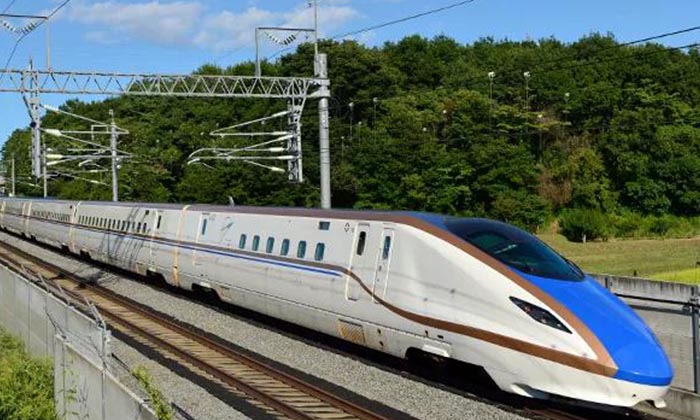
Tokyo Subway Pass
Addition to JR lines, Tokyo has two different railway companies: Tokyo Metro and TOEI Metro. There are a total of 13 subway lines, with 9 lines by Tokyo Metro and 4 lines by TOEI Metro. Using the subways together with JR, you can get to almost anywhere in Tokyo. Tokyo Metro and TOEI Metro provide 1-Day, 2-Day, and 3-Day pass, and you can use the pass to take any lines by the two companies. A 3-Day pass costs about 1500 Yen, and is the top option for many Tokyo visitors. You can purchase the pass at any ticketing office, and remember to bring your passport and cash with you. The passes are also available in tourist information centers and some hotels. For ticketing office locations, you can refer to the official website. The pass can also be purchased online. The pass is valid to use once purchased.
If you want to purchase a single travel ticket, you can use the kiosks at the station. The kiosks will show you the price for the destination. As English version is available, simply follow the instruction on the kiosk to select the destination and complete the payment to get a ticket. Before entering the boarding platform, insert your ticket and retrieve it on the other of the machine.
TOEI Metro: 4 lines (Oedo Line, Toei Asakusa Line, Mita Line, and Shinjuku Line). They are commonly used to travel to Asakusa, Shinjuku, Roppongi, Akabanebashi (Tokyo tower), Nihonbashi, Kiyosumi-shirakawa, Ginza, Tsukiji, and other areas.
Tokyo Metro: 9 lines (Ginza line, Chiyoda Line, Hibiya line, Marunouchi Line, Yurakucho Line, Hanzomon Line, Tozai Line, Namboku Line, and Fukutoshin Line). Tokyo Metro not only allows access to Tokyo, Shibuya, Shinjuku, and Ikebukuro, and other major stations, but also covers areas not included by JR such as Asakusa, Oshiage Station (Sky Tree), Ginza, Tsukiji, Roppongi, Omotesandou, Kagurazaka, Nihonbashi, Kiyosumi-shirakawa, and many other popular tourist attractions.
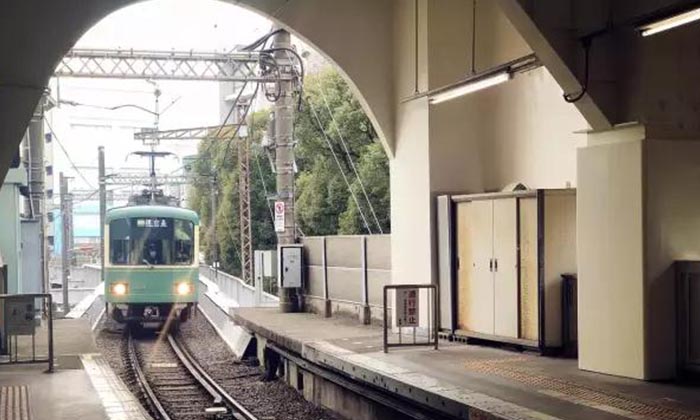
Suica Card and PASOMO Card
If neither single travel ticket nor daily pass fits your need, you can consider the Suica card or the Pasomo card. This is a type of IC card that allows you to take most of the trains and buses including JR line, subways, and other non-JR lines. The card has to be prepaid and can be recharged from time to time. The remaining balance can be refunded at the end of your visit. The IC card will be charged at the single travel price, but it can save you time waiting in line.
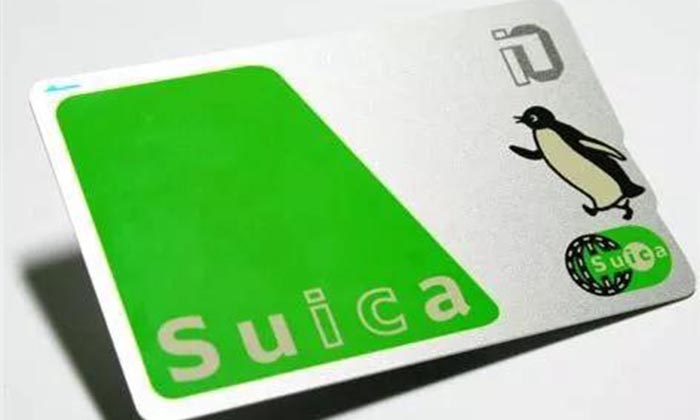
Tokyo Private Railway
Private railways refer to those privately built and operated by private corporations. The major private railways include Keio, Keisei, Keikyu, Seibu, Tobu, and Odakyu. These private railways allow convenient transit to the outskirt to the city center. Thus, if you are traveling to outer Tokyo, private railways are great choices. Odakyu mostly connect the South-West Tokyo, including the Odawara Line (Shinjuku-Shin-Yurigaoka-Sagami-Ono-Odawara-Hakone Yumoto) and the Enoshima Line (Sagami-Ono-KataseEnoshima). Among which, Romancecar is the most famous.
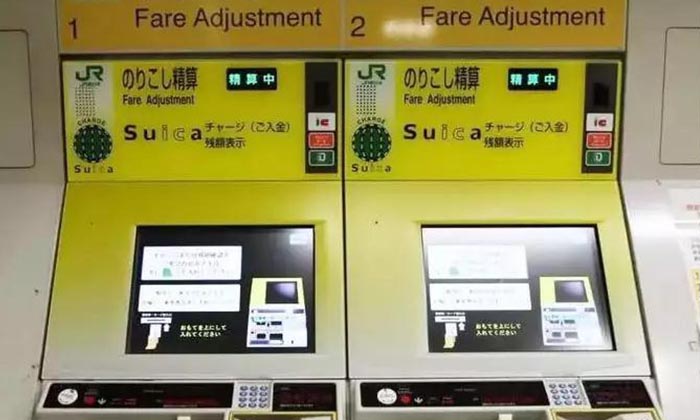
Tokyo Buses
Open-air buses: Sky Bus Tokyo, Sky Hop Bus, and Sky Duck. These buses allow quick tours around major attractions in Tokyo. These sightseeing buses offer multiple routes, including to Tokyo Tower, Ginza, and Rainbow Bridge. These bus tours usually last about an hour.
Toei bus: covers the majority area in Tokyo. You can transfer to another bus to arrive at destination. Together with trains, subways, and other transportation, you can conveniently get around in Tokyo.
Tokyo Skytree Shuttle Buses are sightseeing buses that connect Ueno, Asakusa, and Tokyo Skytree. They also offer direct transfer from Haneda Airport and Tokyo Disneyland, departing every 20 to 30 minutes.
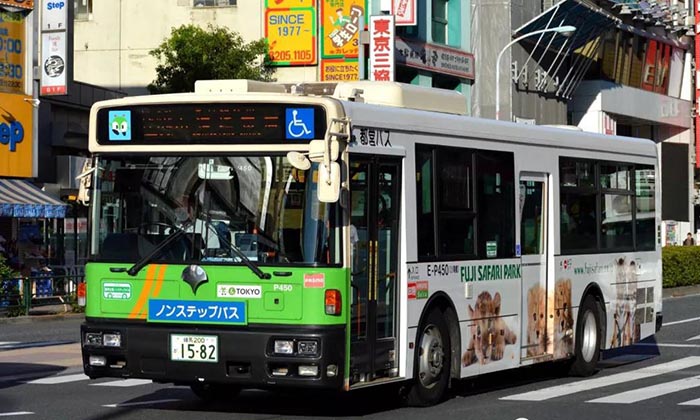
Free shuttle bus: Anyone can take the free shuttle buses, which departs every 10 to 20 minutes. These free shuttle buses aims to provide convenience on sightseeing and shopping including:
Tokyo Bay Shuttle Buses: connects to Fukutoshin
Marunouchi shuttle bus: connects to Otemachi, Marunouchi, and Yurakucho area
Metrolink Nihonbashi: connects to traditional districts Yaesu, Kyobashi and Nihonbashi area.
Tokyo Public Transportation
As a reliable Japan Travel Agency, we provide guided Japan tours and private Chauffeurs for travelers from overseas. Whether you are looking for a short Tokyo tour or a private Chauffeur, you can easily find the most suitable one at an affordable price. Contact our representatives to book our Japan private tours and Tokyo chauffeur services today.
How to use the public transportation in Tokyo? Tokyo has the most convenient public transportation, yet it can get very complicated. Unlike other part of the world, Tokyo's public transportation system is operated by multiple companies, thus tourists sometimes can be very confused. Tokyo public transportation system comprises trains, subways, and buses. The railway network is extraordinarily intricate and the stations are closely found, including Tokyo station, Shinjuku station, Ikebukuro station, Ueno station, Shibuya station, ect. After all, transferring from one vehicle to another can get overwhelming, and advance planning is recommended.
There are more than 10 transportation companies in Tokyo serving for public transit, and each sells its own ticket. The tickets cannot be used interchangeably among the companies. The major rail train companies include JR East Japan Railway, Tokyo Metro, TOEI Metro, and other private companies.

The following are some information regarding the public transportation system in Tokyo:
Japan Rail Pass
If you have Japan Rail Pass, you can use it to take JR trains. JR pass is widely used, but it is usually more expansive than Tokyo Subway pass. You can compare the prices and decide which option is best for you.

Tokyo Subway Pass
Addition to JR lines, Tokyo has two different railway companies: Tokyo Metro and TOEI Metro. There are a total of 13 subway lines, with 9 lines by Tokyo Metro and 4 lines by TOEI Metro. Using the subways together with JR, you can get to almost anywhere in Tokyo. Tokyo Metro and TOEI Metro provide 1-Day, 2-Day, and 3-Day pass, and you can use the pass to take any lines by the two companies. A 3-Day pass costs about 1500 Yen, and is the top option for many Tokyo visitors. You can purchase the pass at any ticketing office, and remember to bring your passport and cash with you. The passes are also available in tourist information centers and some hotels. For ticketing office locations, you can refer to the official website. The pass can also be purchased online. The pass is valid to use once purchased.
If you want to purchase a single travel ticket, you can use the kiosks at the station. The kiosks will show you the price for the destination. As English version is available, simply follow the instruction on the kiosk to select the destination and complete the payment to get a ticket. Before entering the boarding platform, insert your ticket and retrieve it on the other of the machine.
TOEI Metro: 4 lines (Oedo Line, Toei Asakusa Line, Mita Line, and Shinjuku Line). They are commonly used to travel to Asakusa, Shinjuku, Roppongi, Akabanebashi (Tokyo tower), Nihonbashi, Kiyosumi-shirakawa, Ginza, Tsukiji, and other areas.
Tokyo Metro: 9 lines (Ginza line, Chiyoda Line, Hibiya line, Marunouchi Line, Yurakucho Line, Hanzomon Line, Tozai Line, Namboku Line, and Fukutoshin Line). Tokyo Metro not only allows access to Tokyo, Shibuya, Shinjuku, and Ikebukuro, and other major stations, but also covers areas not included by JR such as Asakusa, Oshiage Station (Sky Tree), Ginza, Tsukiji, Roppongi, Omotesandou, Kagurazaka, Nihonbashi, Kiyosumi-shirakawa, and many other popular tourist attractions.

Suica Card and PASOMO Card
If neither single travel ticket nor daily pass fits your need, you can consider the Suica card or the Pasomo card. This is a type of IC card that allows you to take most of the trains and buses including JR line, subways, and other non-JR lines. The card has to be prepaid and can be recharged from time to time. The remaining balance can be refunded at the end of your visit. The IC card will be charged at the single travel price, but it can save you time waiting in line.

Tokyo Private Railway
Private railways refer to those privately built and operated by private corporations. The major private railways include Keio, Keisei, Keikyu, Seibu, Tobu, and Odakyu. These private railways allow convenient transit to the outskirt to the city center. Thus, if you are traveling to outer Tokyo, private railways are great choices. Odakyu mostly connect the South-West Tokyo, including the Odawara Line (Shinjuku-Shin-Yurigaoka-Sagami-Ono-Odawara-Hakone Yumoto) and the Enoshima Line (Sagami-Ono-KataseEnoshima). Among which, Romancecar is the most famous.

Tokyo Buses
Open-air buses: Sky Bus Tokyo, Sky Hop Bus, and Sky Duck. These buses allow quick tours around major attractions in Tokyo. These sightseeing buses offer multiple routes, including to Tokyo Tower, Ginza, and Rainbow Bridge. These bus tours usually last about an hour.
Toei bus: covers the majority area in Tokyo. You can transfer to another bus to arrive at destination. Together with trains, subways, and other transportation, you can conveniently get around in Tokyo.
Tokyo Skytree Shuttle Buses are sightseeing buses that connect Ueno, Asakusa, and Tokyo Skytree. They also offer direct transfer from Haneda Airport and Tokyo Disneyland, departing every 20 to 30 minutes.

Free shuttle bus: Anyone can take the free shuttle buses, which departs every 10 to 20 minutes. These free shuttle buses aims to provide convenience on sightseeing and shopping including:
Tokyo Bay Shuttle Buses: connects to Fukutoshin
Marunouchi shuttle bus: connects to Otemachi, Marunouchi, and Yurakucho area
Metrolink Nihonbashi: connects to traditional districts Yaesu, Kyobashi and Nihonbashi area.
Tokyo Public Transportation
As a reliable Japan Travel Agency, we provide guided Japan tours and private Chauffeurs for travelers from overseas. Whether you are looking for a short Tokyo tour or a private Chauffeur, you can easily find the most suitable one at an affordable price. Contact our representatives to book our Japan private tours and Tokyo chauffeur services today.
Related Articles You May Like
Most Frequently Asked Questions
-
What transportation should I use to travel from Tokyo city center to the outskirt or Yokohama?The most convenient way is to use the JR. If you have a large group with many luggages, you can also consider a private transfer.
-
If I am visiting Tokyo for 5 days, what is the cheapest and most convenient transportation I can useYou can consider purchasing a Suica card and PASOMO card. Though they don't offer any discount, you can take most of the trams, buses, and subways in Tokyo, including the JR, Metro lines, and Non JR line.
-
Can I get refunded for the remaining balance on the IC card?Yes. IC card is prepaid, and you can get refunded on any unused balance at the end of the trip.
-
Is there any sightseeing bus in Tokyo?Yes, sightseeing buses include Sky Bus Tokyo, Sky Hop Bus, and Sky Duck. These buses allow quick tours around the cities. They offer different routes, and you can find out more details when you purchase the ticket.
-
What is the most convenient way to travel within Tokyo center?If you are only traveling within the city center, we recommend using the subways, which have constant schedule. Tokyo Metro and TOEI Metro provide 1 Day, 2 Days, and 3 Days pass, and you can use it to take any subway lines operated by the two companies.
-
Which is the best bus station to use traveling to Mt. Fuji?You can consider using Tokyo station or Shinjuku station because they have various routes, frequent departures, and easy connection to other parts of the city.
Japan Office
- Tel: +81 50-3701-6391
- Email: info@japanholiday.com
- Working Hours: 8am-7pm, (Japan)
USA Office
- Tel: +1-6265617117
- Email: info@japanholiday.com
- Working Hours: 8am-7pm, Pacific Time

